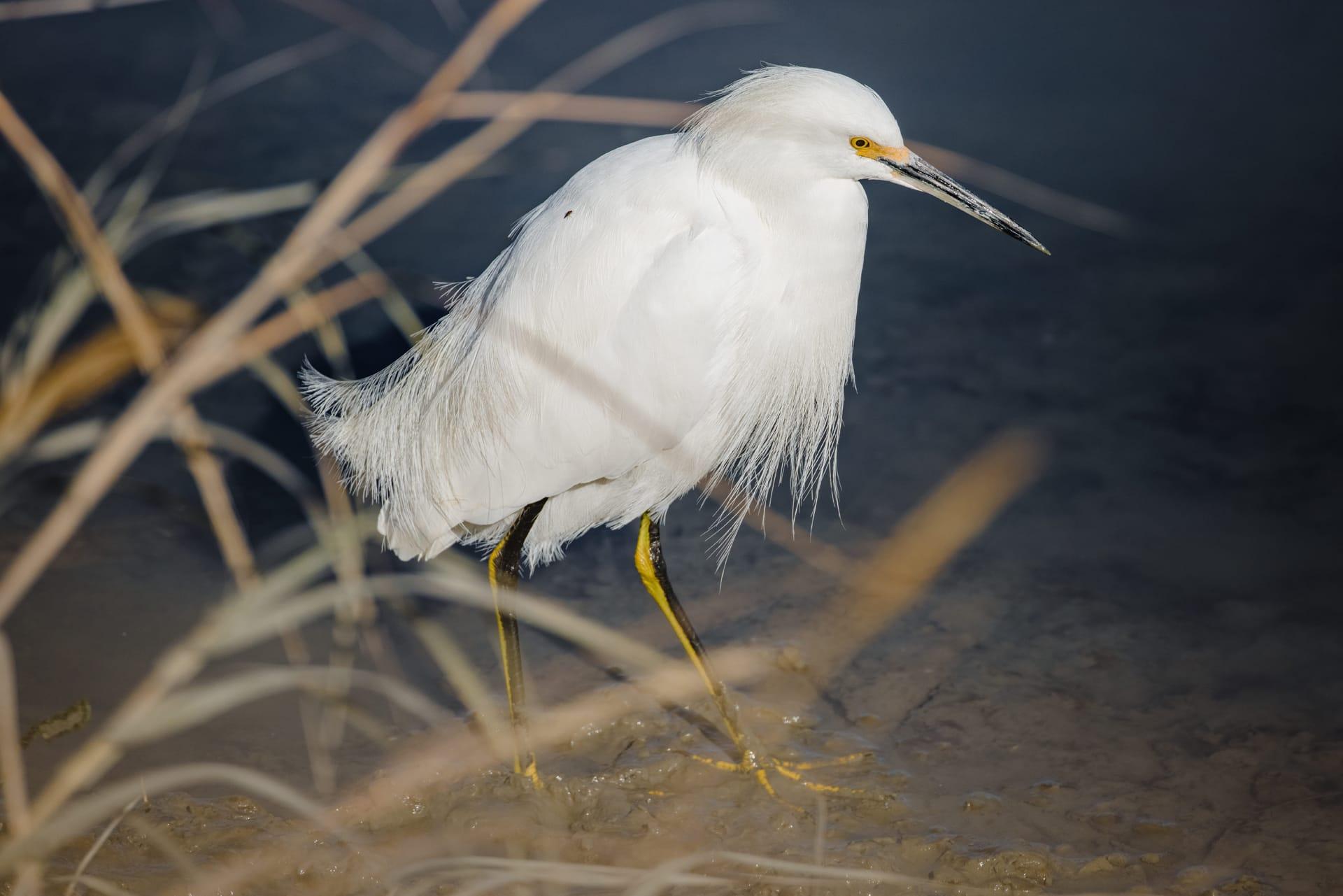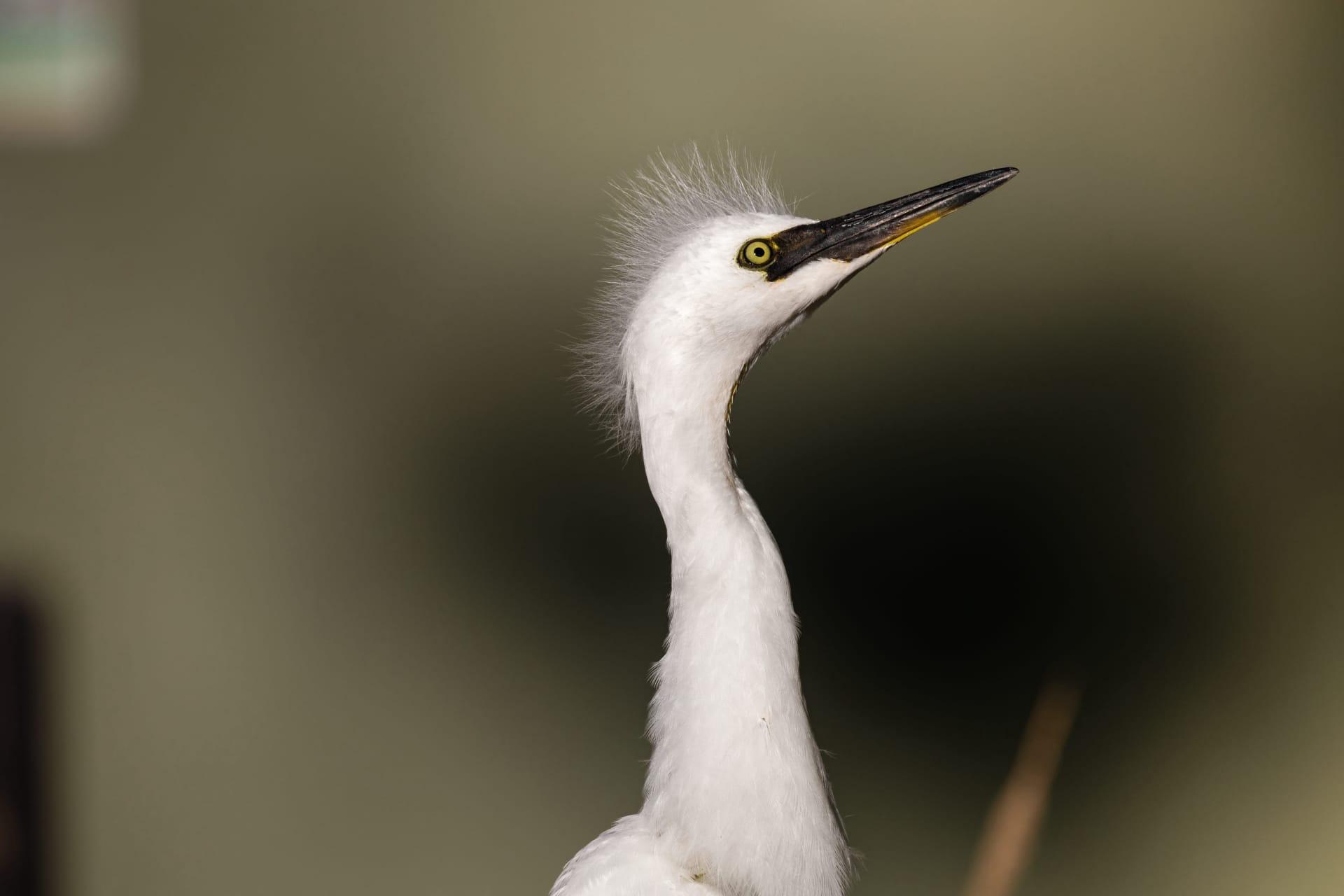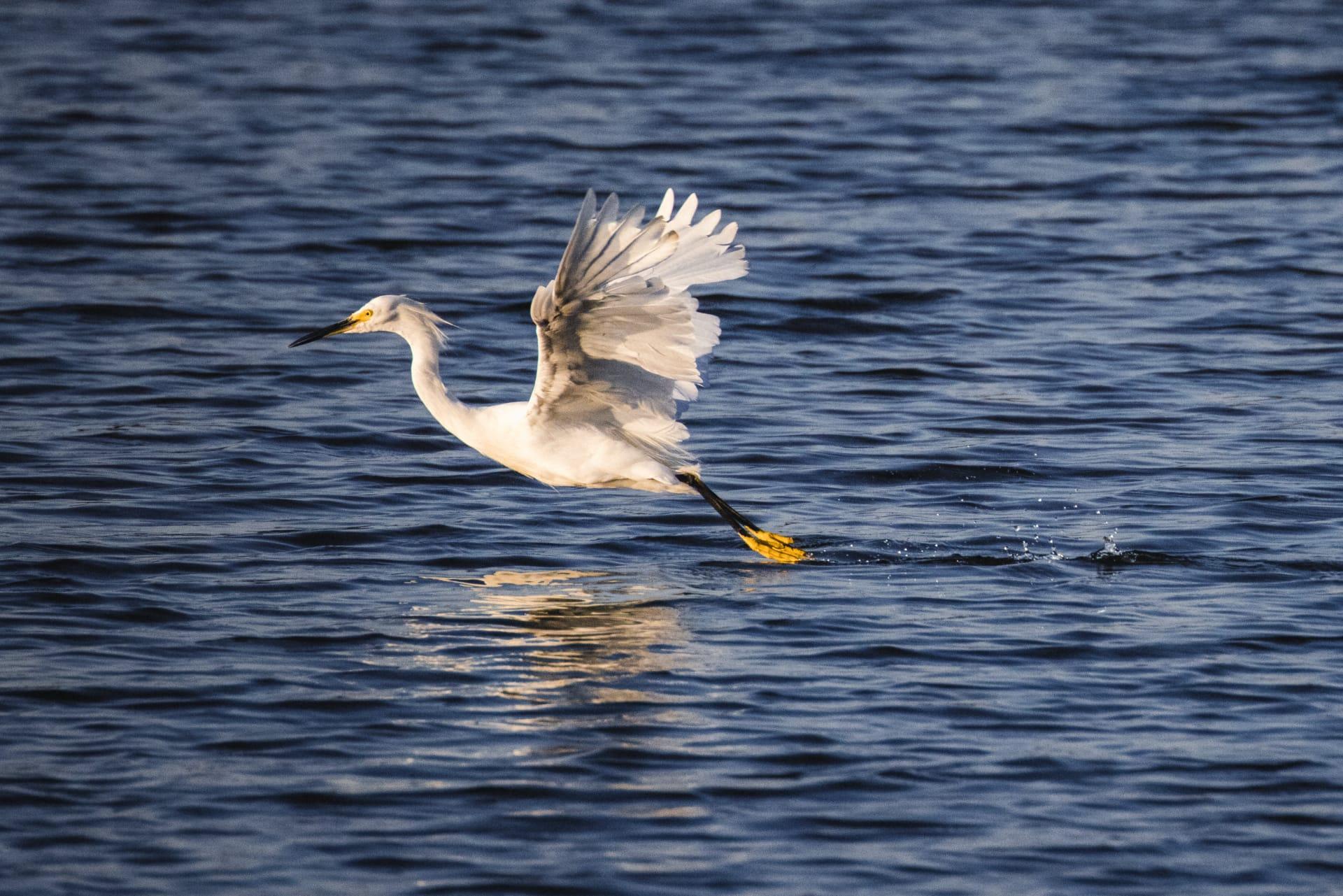Heron Characteristics
- Home /
- Mini Encyclopedia /
- Animal /
- Heron Characteristics
1
Herons, majestic birds known for their long legs and necks, display a fascinating array of physical features. Typically, herons stand tall, ranging from about 90 cm to 140 cm in height. Their wingspan can be impressive too, stretching up to 2 meters in some species. The average lifespan of a heron in the wild is about 15 years, but under ideal conditions, some can live up to 25 years. These birds possess a unique plumage with a mix of blues, grays, and whites, which not only provides camouflage but also a stunning visual during flight and rest.
One of the most remarkable organs of a heron is its neck. Composed of a complex system of bones, muscles, and vertebrae, it allows the bird to strike rapidly and with precision at fish and other prey. This S-shaped neck, which can be retracted and extended, acts like a spring, storing energy and releasing it when the heron strikes. This adaptation is crucial for their hunting style, enabling them to be successful predators in their aquatic environments.

2
Question: Why do herons often stand on one leg?
Answer: Herons standing on one leg is a behavior often observed, especially in cooler weather. The primary reason is thermoregulation. By tucking one leg up against their body, herons reduce heat loss, as their legs are not covered in insulating feathers like the rest of their body. This posture also minimizes muscle fatigue, allowing them to stand for longer periods while scouting for food. Additionally, this stance may also play a role in reducing the visibility of the bird to prey, aiding in their stealthy hunting technique.

3
Herons exhibit a distinctive style of movement, characterized by slow, deliberate steps. This methodical movement allows them to stealthily approach prey without causing alarm. Their long legs provide them with a significant height advantage, enabling them to wade through deeper waters where fish and amphibians thrive. Herons have been observed walking with a gait that minimizes water ripples, a strategy that further enhances their ability to surprise prey.
In terms of feeding, herons are primarily piscivorous, meaning their diet consists mainly of fish. They have a unique hunting technique where they stand still or move slowly, and then use their rapid neck extension to snatch fish from the water. This strike is lightning-fast and highly accurate. Additionally, herons have been known to use bait, dropping feathers or insects on the water's surface to attract fish, showcasing their adaptability and intelligence in foraging behaviors.

4
Herons are adaptable birds, thriving in a variety of aquatic environments including freshwater and saltwater habitats. Commonly, they are found in marshes, riverbanks, lakes, and coastal shores. These environments provide abundant food sources and suitable nesting areas. Herons prefer areas with shallow standing water, ideal for their hunting method of wading and striking.
Regarding reproduction, herons are known for their elaborate courtship displays, which include stretching their necks, bill clapping, and plumage fluffing. They usually breed in colonies, known as heronries, often located in tall trees or reeds. Nests are constructed using sticks and are reused and expanded each year. Female herons typically lay 3 to 5 eggs, and both parents are involved in incubation and feeding of the chicks. The young herons fledge after about two months, though they may rely on their parents for food and care for some time afterwards.

5
Book: "The Heron's World" by David Attenborough, published in the United Kingdom in 1998. This engaging book delves into the lives of herons across different continents. Attenborough's vivid descriptions bring to life the behaviors, habitats, and survival challenges of these birds. The book combines scientific information with enchanting narratives, making it accessible to a wide range of readers interested in natural history.
Book: "Flight of the Heron: A Study of Bird Behavior" by Maria Alvarez, published in the United States in 2005. Alvarez provides a comprehensive exploration of heron behavior, particularly focusing on their flight mechanics and feeding strategies. The book is well-researched, drawing on years of field observations and studies. It's particularly noted for its detailed analysis of heron aerodynamics and the physiological adaptations that enable their unique hunting techniques.